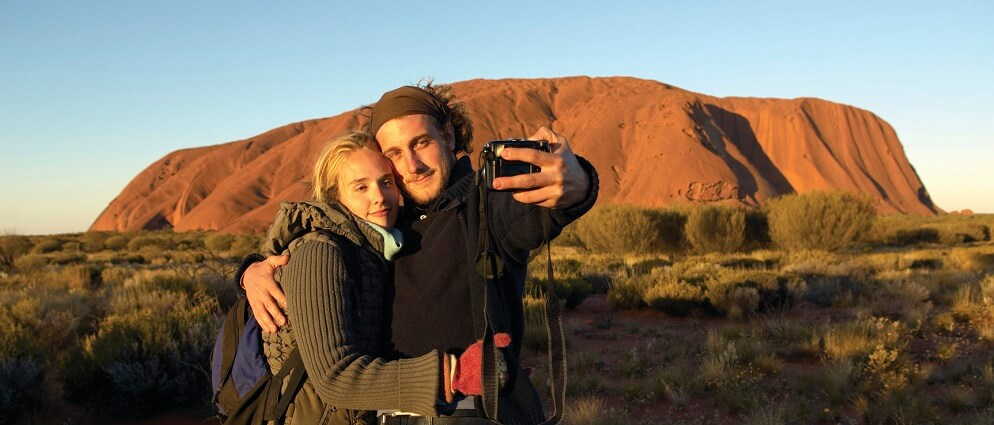
Uluru vs Ayers Rock: The Name Change of Australia’s Most Iconic Monument
Written by: Cameron Ward
Published: 04/12/2017
Reading time: 3 mins
Standing at 348 metres above the desert floor, Uluru is the world’s largest monolith and Australia’s most iconic landmark. But it hasn’t always been known as Uluru.
In fact, for most people, the towering red rock formation is simply known as Ayers Rock and has been for years. However, its rich and cultural significance encouraged a name-change in the 90s.
In 1872, European explorer Ernest Giles first dubbed the rock Ayers Rock after the South Australian Premier Sir Henry Ayers.
However, the rock’s history dates back thousands and thousands of years. It has been a part of Indigenous traditions and culture since the beginning of time. In fact, it is owned by the Pitjantjatjara and Yankunytjatjara people (known together as the Anangu). The caves and crevices of the monolith contain many sacred areas and ancient rock paintings.
Returning of the rock
On October 26th 1985, the government of Australia finally returned ownership of Uluru to the Anangu people. The return was part of the acknowledgement of their place as the original custodians of the land. However it wasn’t until 1995 that the name change officially took place. In this year, the name of the national park changed from Ayers Rock-Mount Olga National Park to Uluru-Kata Tjuta National Park.
The change was put in place to show respect for the Anangu people and, specifically, to acknowledge their ownership of the land. Since the beginning they have cultivated this land and built their societies here.
Today, Uluru remains an incredibly popular attraction with a hefty cultural history imbued in its dusty red surface. Visitors flock to the sacred site to marvel at the impressive natural structure of the rock. Here they learn about the centuries-old history that characterises this and the surrounding desert land.
There are numerous trails that weave around the base of the monolith and through the spectacular surrounding scenery. Plus plenty of opportunities to see ancient rock paintings that tell stories and history of the Anangu.
If you want to learn more about the Indigenous history of Uluru and its name change, you can duck into the on-site Cultural Centre. Here there are numerous interactive displays that lay out the region’s history. You can also take a guided tour with an Aboriginal guide who will share the stories and traditions of their people with you.
Visiting Uluru is a must-do on any visit to Australia, as this impressive monolith forms an important part of the country, both past and present.
Related article: When is the best time to visit Uluru?









